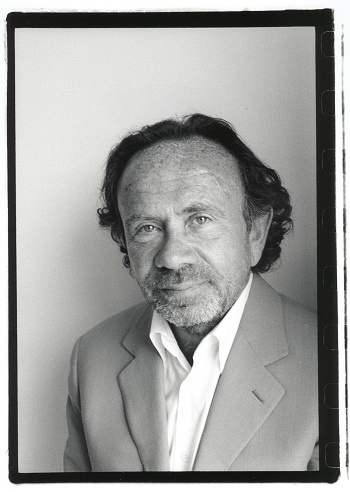
Sales of rough diamonds by Debswana Diamond Company jumped 64% in 2021, statistics released by the Bank of Botswana showed on Monday, driven by the reopening of key global consumer markets.
The total value of Debswana’s diamond exports stood at $3.466 billion in 2021 compared with $2.120 billion in 2020, the central bank data showed.
Debswana, a joint venture between Anglo American unit De Beers and Botswana’s government, sells 75% of its output to De Beers with the balance taken up by the state-owned Okavango Diamond Company.
Debswana sales fell by 30% in 2020 as the coronavirus pandemic hit demand while global travel restrictions impacted trading. Since mid-2020 De Beers has shifted some of its rough diamond viewings to international diamond centres such as Antwerp to cater for customers unable to travel to Gaborone.
“Demand for rough diamonds remained robust, with positive midstream sentiment and strong demand for diamond jewellery continuing over the holiday period, particularly in the key U.S. consumer market,” Anglo American said in a production update last Thursday.
Debswana accounts for almost all Botswana’s diamond exports, with Lucara Diamond Corp’s Karowe mine being the only other operating diamond mine in the country.
Botswana gets about 30% of its revenues and 70% of its foreign exchange earnings from diamonds. The southern African country expects its economy to have grown by 9.7% in 2021, after an 8.5% contraction in 2020.
Debswana’s production increased by 35% to 22.326 million carats in 2021 from 16.559 million carats in 2020, mostly due to higher-grade ore being treated at its flagship Jwaneng mine, Anglo American said.
Russia’s Alrosa, the world’s largest producer of rough diamonds and a competitor of De Beers, reported revenue jumped by 49% to $4.2 billion last year as demand exceeded supply.
Source: DCLA




